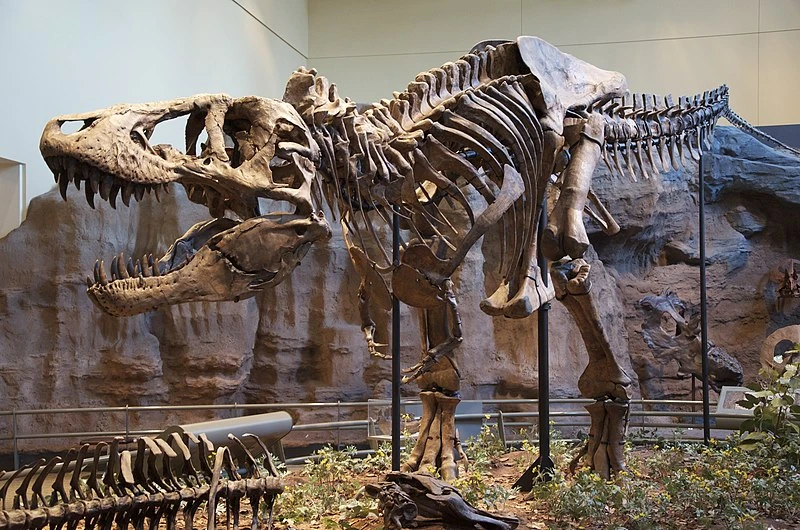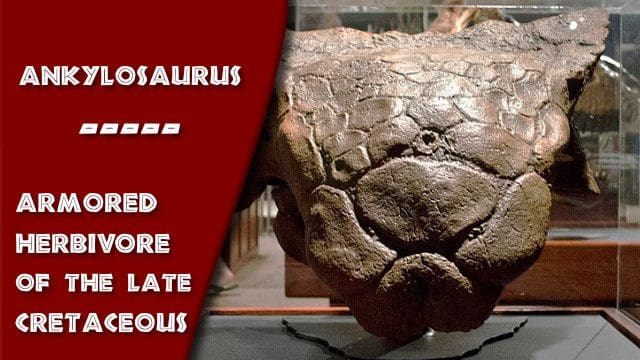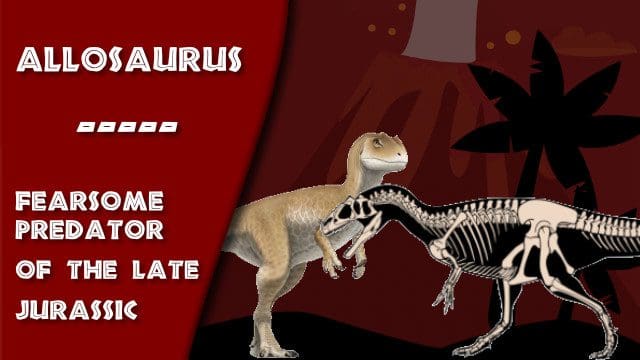Quick Bio
The Tyrannosaurus RexLinks to Tyrannosaurus Rex blog post. More is one of the most well-known dinosaurs that have ever existed, if not the most popular. This is in part due to its popularity in the Jurassic Park franchise, but also because there have been more than 50 individual near-complete fossils found, and many more less-complete ones, as well.
The TyrannosaurusLinks to Tyrannosaurus Rex blog post. More Rex, also known as “T. Rex” is a TheropodDefinitions:
• Dinosaurs primarily bipedal
• Carnivorous dinosaurs of order Theropoda
More. Its name “rex” means “King” in Latin. It lived throughout what is now known as western North America, on an island then known as Laramidia. It had one of the largest ranges of hunting grounds of most other tyrannosaurids. They lived about 66 Million Years ago.
Did the T. Rex and Spinosaurus ever meet? In short? No. They lived in different parts of the Cretaceous period, and different regions of the Earth. Unfortunately, they would never have met in real life, unlike how Jurassic Park 3 depicts them fighting.
Tyrannosaurus Rex’s Size & Stature
It was the last known member of the tyrannosaurid family and was among the last non-avian dinosaurs to exist. Like other tyrannosaurids and theropodsDefinitions:
• Dinosaurs primarily bipedal
• Carnivorous dinosaurs of order Theropoda
More alike, they were bipedal, with a massive skull. The most complete specimen was 40 feet (12.3 meters) in length and was about 12 feet (3.66m) tall. It is thought to have between 8.4 and 14 metric tons in weight. There have been many discussions about whether they had feathers or not, as well.
It was by far the largest carnivore in its environment, so it was most likely an Apex Predator and preyed upon hadrosaurs, armored herbivores (including Ankylosaurus), and quite possibly Sauropods like the Apatosaurus. The T. Rex was estimated to have the strongest bite force of all terrestrial animals of its time. Its feeding habits, though, have been a matter of a few subjects of debate. Some say it was more of a scavenger than an active predator, while others say that it was more of an active predator. Both of these were likely true, it likely ate both already dead animals (as in a scavenger), and actively hunted for food.
Tyrannosaurus Rex’s Body Design & Health
As for the debate on whether the Tyrannosaurus Rex was feathered or not, filamentous structures, which commonly are recognized as precursors to feathers, have been found in other tyrannosaurids like the Dilong Paradoxus found in China. They may have had feathers when they were younger and lost them when they grew, or they may have had them during their entire lifespan. Studies have found that they may have even only had feathers on the upper side of the trunk area.
Their lifespan was likely around 30 years old if they survived that long. The fossil, Sue, was estimated to be 28 years old when it died, and they have found bones from an estimated 14-year-old T. Rex, as well as a 2-year-old T. Rex. The sudden change in growth rates at the end of their growth spurts may have indicated physical maturity; a hypothesis that is supported by the discovery of medullary tissue in the femur of a 16 to 20-year-old fossil from Montana. Medullary tissue is found only in female birds during the time of mating. This indicates that they may have been able to reproduce around that age.
The Tyrannosaurus Rex was historically described as a “living tripod,” with the body at a 45-degree angle, and dragging their tail along the ground, like a kangaroo. But in 1970, they realized that this was incorrect. It would have resulted in a dislocation or weakening of several joints, including their hips and the articulation of their head and spinal column. Thankfully, films like Jurassic Park used a more accurate posture to show to the general public! Modern representations of the T. Rex in museums, art, and film show that it was approximately parallel to the ground, with its tail extended to balance the head.
Tyrannosaurus Rex’s Speed & Survival
It is unknown how fast it could run exactly, but scientists have estimated that it could have been around 25 MPH (or 40 KM/h) on average, as low as 11 MPH (18 KM/h), and as high as 45 MPH (72 KM/h). There are many tracks of large theropods walking, but rarely (if any) have the pattern of running. Scientists think the T. Rex was able to run have pointed out that hollow bones and other features that would have lightened its body may have kept an adult to a max weight of a mere 4.5 metric tons; like ostriches and horses which have long and flexible legs can reach high speeds through slower and longer strides.
The estimated top speeds of the Tyrannosaurus Rex were around 25 MPH, but were deemed impossible because it would require exceptional leg muscle mass of around 40 to 85% of its total weight! Even moderately fast speeds would require large leg muscles. If their leg mass was less, their max speeds would have been around 11 MPH.
The Tyrannosaurus Rex may have hunted in packs at times, according to fossil evidence. This was because a fossil that has been found in South Dakota found 3 T. Rex skeletons near each other. Some of their prey, like Triceratops & Ankylosaurus, had significant defenses, so it would have been more effective for them to hunt in groups. However, this behavior has been criticized, due to not having been peer-reviewed, like normal, as was discussed in a TV interview. The Tarbosaurus and Albertosaurus, on the other hand, likely did hunt in packs (the basis for this hypothesis).
The T. Rex may have been severely affected by parasites and other traumatic injuries by other carnivores. Infections in a Tyrannosaurus Rex were rare, according to Scientific American’s website. There has been evidence that the fossil Sue was infected by a parasite, which caused injuries to her lower jaw, which was a somewhat common occurrence amongst the Tyrannosaurus Rex species. The juvenile fossil, Jane, might have been bitten by another juvenile Rex, suggesting that the mighty Tyrannosaurus Rex may have fought each other for food, as well.
Conclusion
As one of our favorite species of dinosaurs, the T. Rex will sit firmly in our Top 10 Carnivores list. Keep an eye out for that video! Thank you for your time, have a rawrsome day, and we will see you next time in the Mesozoic Haven!
We warmly welcome you to join us on Discord, and on Kenson’s live streams, weekly on Mon, Wed, Fri @ 5 PM CST!
We don’t bite … much!
We’d love to have you come and join the pack today, on both Discord & Live!






